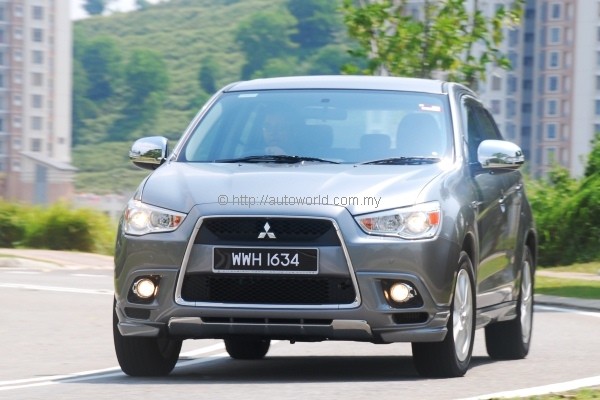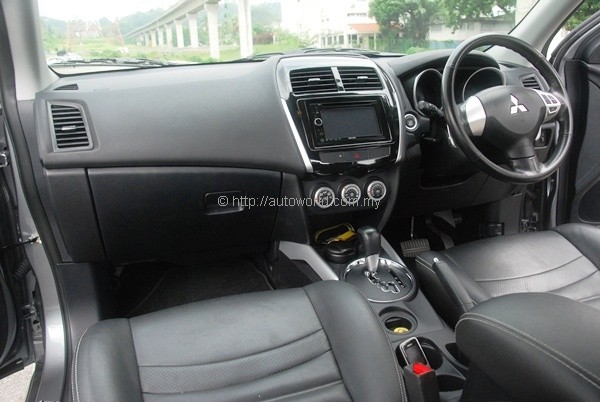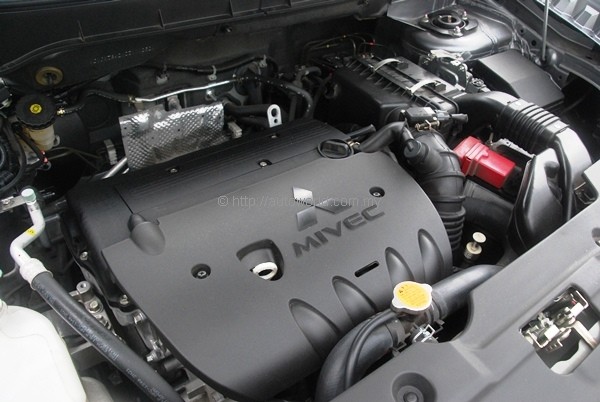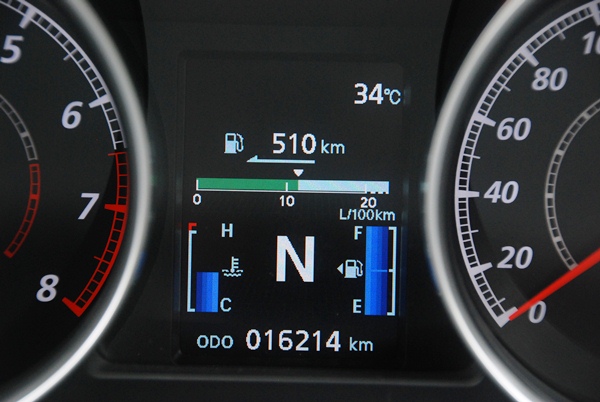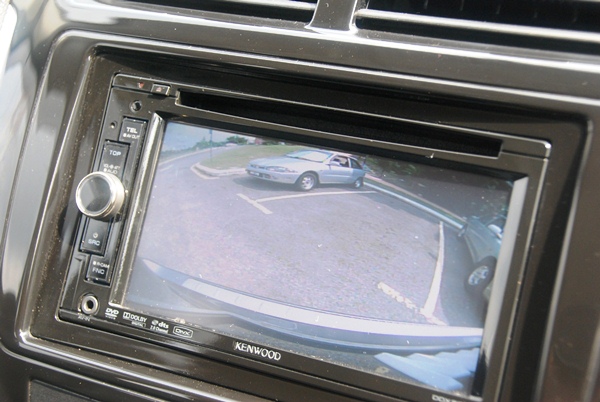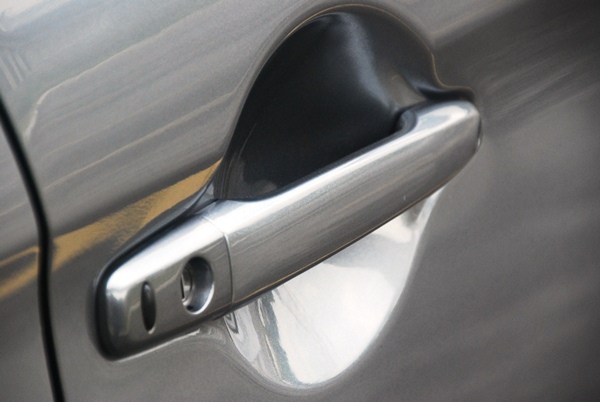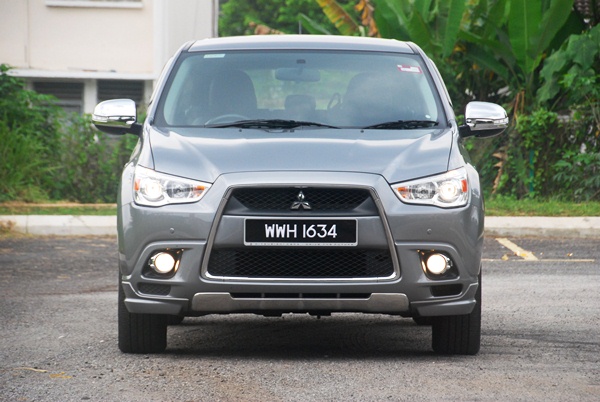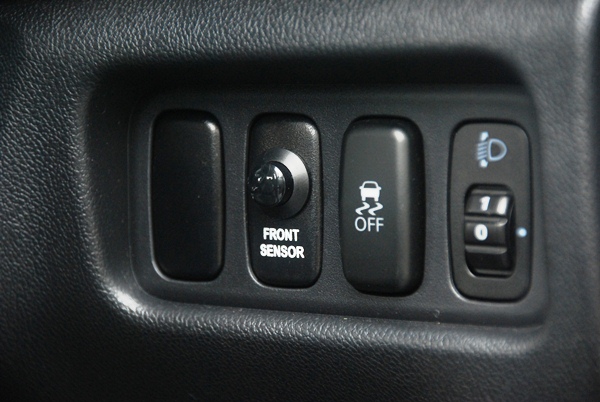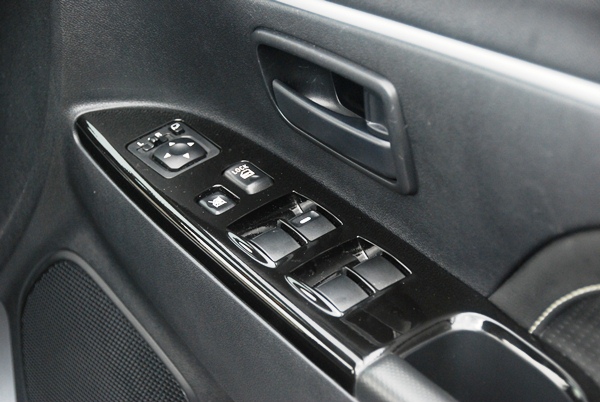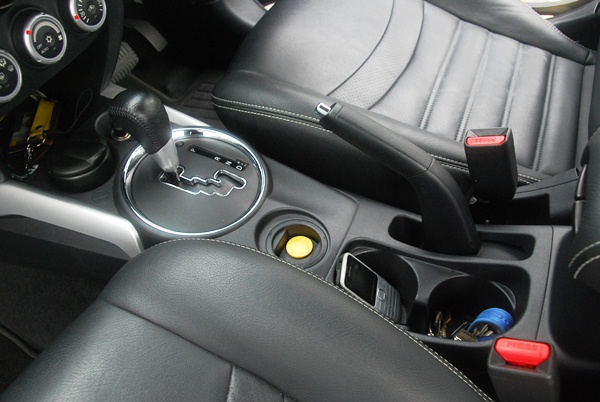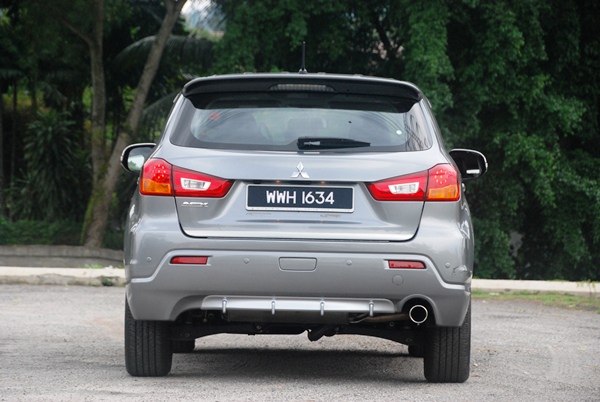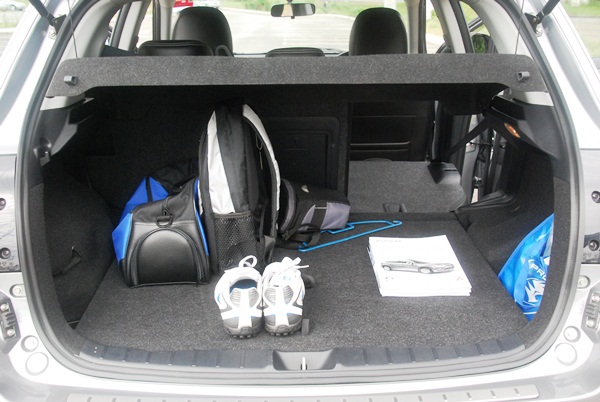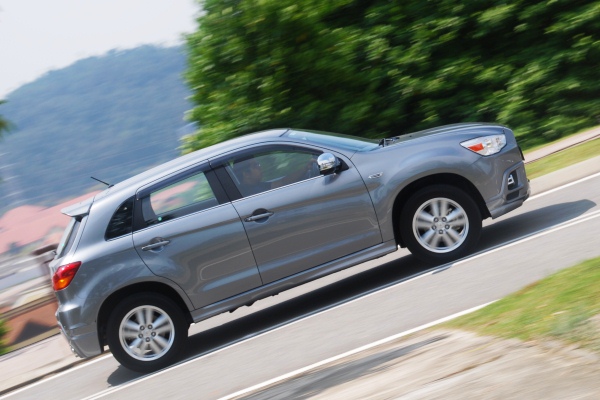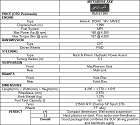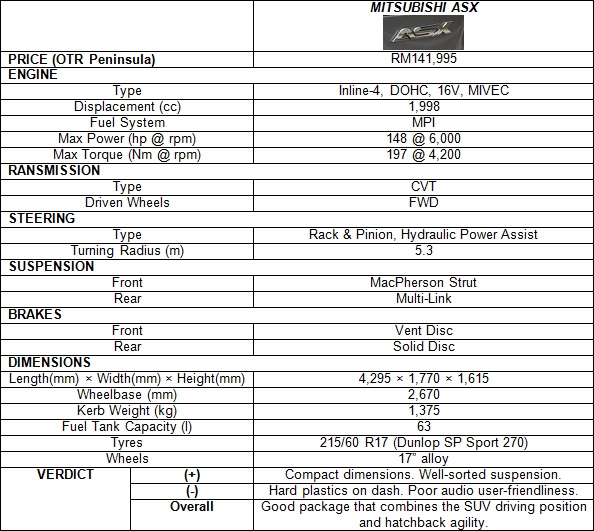Mitsubishi ASX 2012 Test Drive Review
It has been two years since Mitsubishi launched the ASX, and whilst there has yet to be a facelift or full model change, minor tweaks have been made here and there to the package that warrants a reexamination of its credentials in these pages.
The cost of owning an ASX these days add up to RM141,995 with on-road costs and insurance factored in. It represents a price increase of RM2,015 from units of earlier vintages, and for the extra money being charged, Mitsubishi gives you a push-start button, upgraded leather upholstery, and an upsized set of rims now measuring at 17 inches.
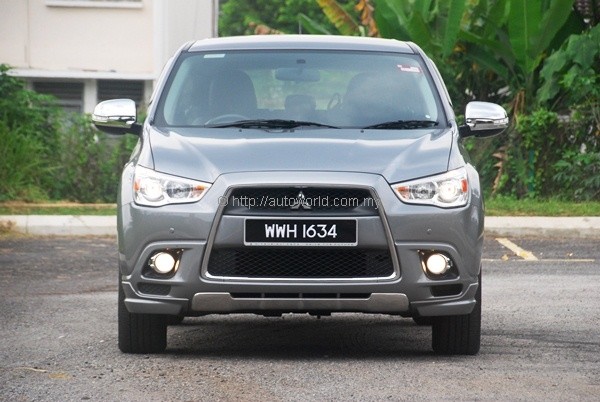 |
| ASX is based on Lancer’s mechanicals, and front fascia hints it. |
Factoring in existing equipment such as tilt & telescopic steering, coloured LCD multi-info display, 2-DIN touch screen system, reverse camera, parking sensors, and magnesium paddle shifters, it is not outrageous to conclude even this early in the review that the ASX represents good value for your money as far as kit count is concerned.
The only omission which we could fault would be the absence of steering-mounted audio controls, especially so since the Kenwood-supplied multimedia touchscreen system is not the last word in user-friendliness. There are buttons on the steering which operate cruise control, but between the two, audio controls likely to be operated more frequently and would consequently be more useful.
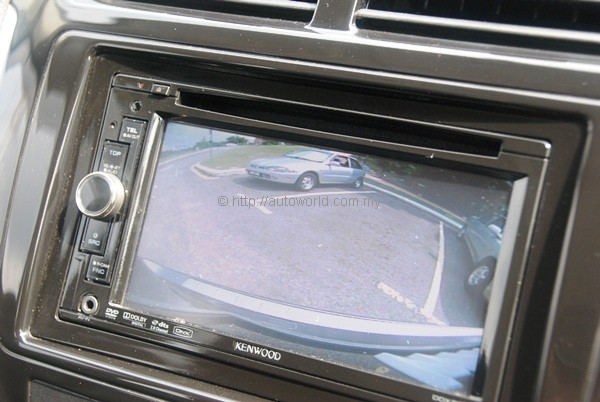 |
| Touchscreen unit lacks user-friendliness, but many will appreciate the integrated reverse camera. |
You’re certainly not shortchanged in terms of hardware either. Although we would have loved to see the option of AWD, the ASX is powered by an engine of decent pedigree, with a 2.0-litre engine with MIVEC technology supplying 148hp and 197Nm of propulsion to spin the front wheels. Standard transmission is the INVECS-III CVT with six virtual ratios accessible by those magnesium paddles.
What you won’t be getting a lot of from the ASX will be sheet metal. Its overall length is shorter than even the Lancer sedan upon which it is based, say nothing about other crossover SUVs in the market. In our database of new cars, only the Chery Tiggo (and the MINI Countryman if you insist) sports a shorter overall length. If size is a key requirement, your needs will indeed be better served elsewhere.
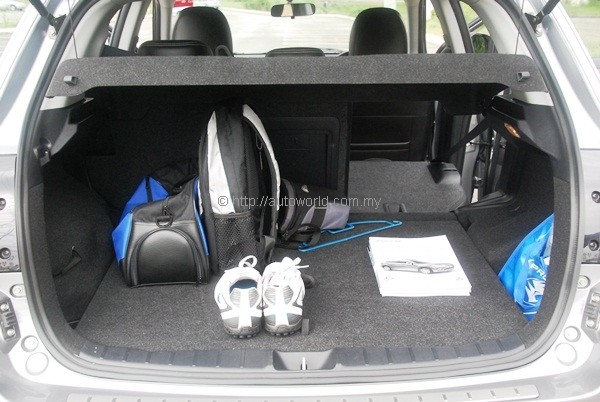 |
| Multi-link suspension and full-sized spare tyre compromised luggage space. |
As a result of its compact footprint, the ASX’s cabin certainly cannot be described as cavernous. Luggage space is also hardly exceptional, with room available only for 442 litres of cargo if you need to fit passengers at the rear seats. Cabin materials are also not outstanding, with some plastics looking particularly cheap, although they are interspersed with more eye-catching bits of gloss finish. Cabin building has never been Mitsubishi’s forte, and the ASX is in no danger of altering that perception.
However, for those who are actually looking for a smaller-sized vehicle and a tall seating position at the same time, the ASX is the only option that fills that niche. The ASX’s diminutive dimensions also mean that the absence of AWD has compromised handling to a lesser degree than it does with SUVs of bigger proportions. Indeed, the ASX feels nippy and agile on the move, to a point where some may argue that the omitted all-wheel drive system can even be deemed unnecessary.
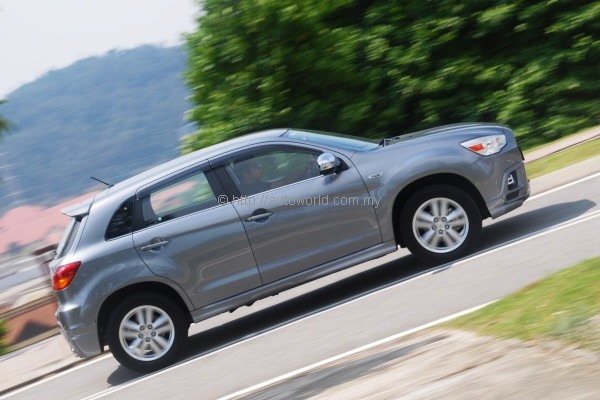 |
| The ASX’s road manners are impressively composed. |
Within urban confines, the ASX performs commendably, and its suspension setup is particularly deserving of praise. Based on the Lancer’s all-independent architecture, the ASX does an excellent job in soaking up poor road surfaces and potholes. That the upsized 17″ rims did nothing to affect its ride quality is testament to the well-judged balance of its setup. There is an inherent composure to the chassis whereby it does not get unsettled easily. Straight line stability is excellent, and so is cornering grip, although ride comfort rightfully remains the standout quality.
The ASX is a largely pleasing vehicle to live with and own. Some will argue that it is more of a hatchback than a crossover SUV, which is not entirely invalid. Biggest criticism will befall its cabin, which is only averagely built and not quite as intelligently packaged as many rivals – consider how much more spacious a Perodua Myvi or Honda Jazz feels despite being smaller vehicles. Rest of the package however, particularly its well-judged ride comfort and decent levels of kit, help make a strong case for the car.
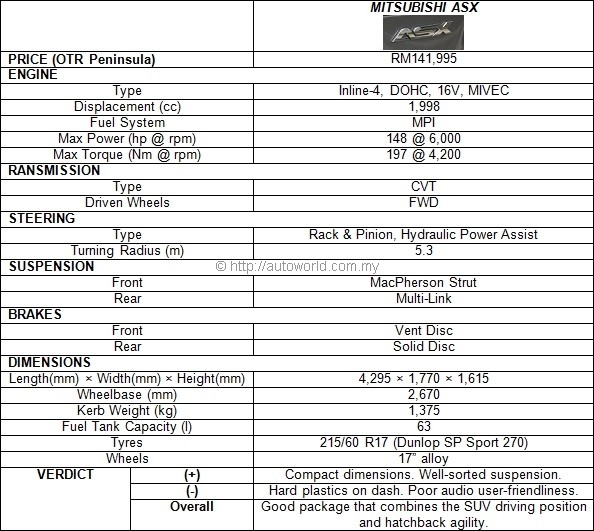 |





